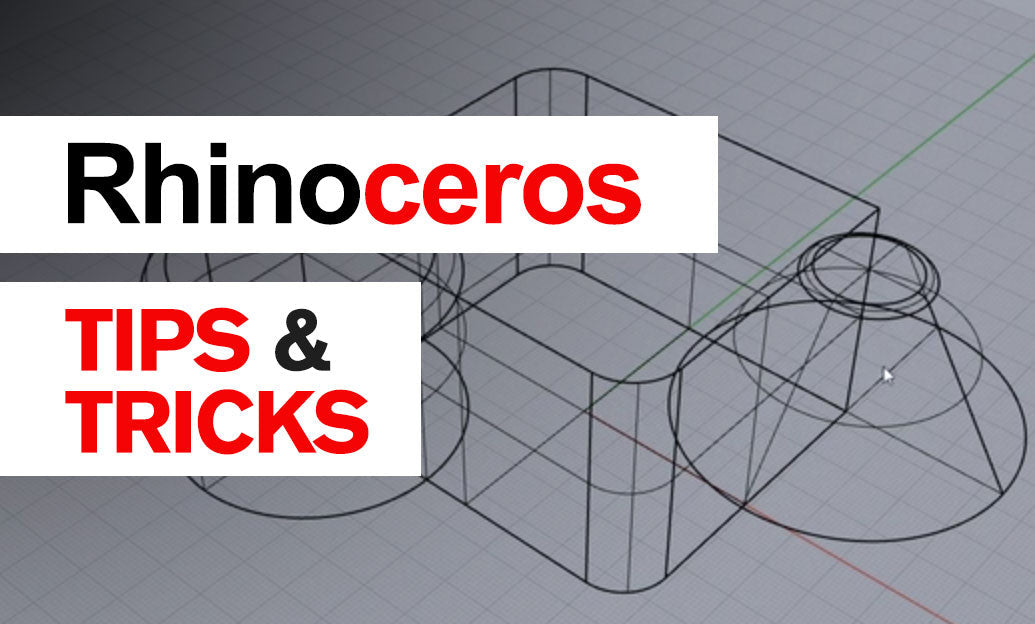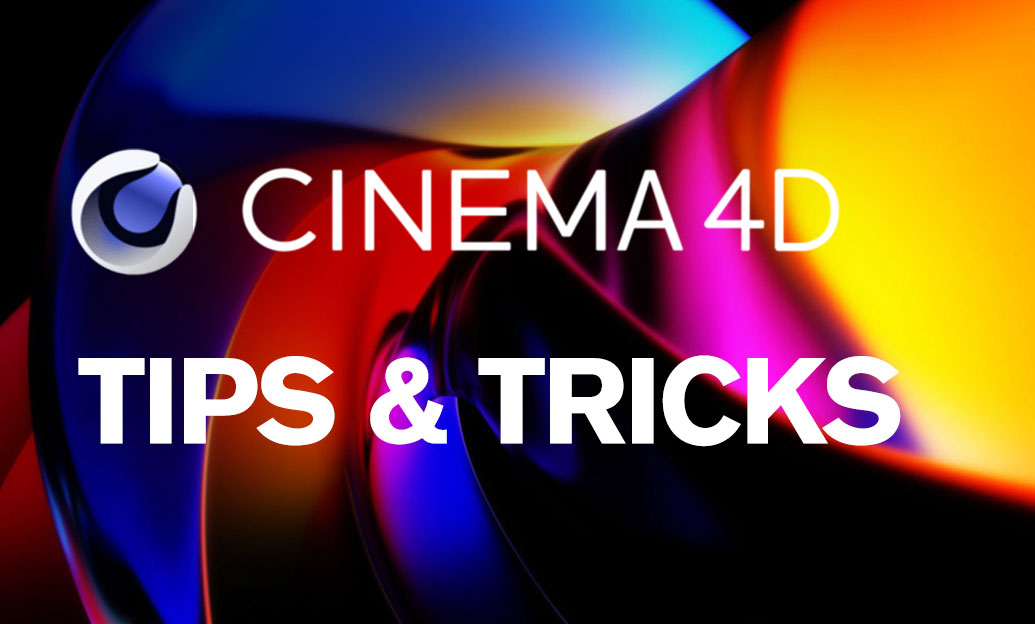Your Cart is Empty
Customer Testimonials
-
"Great customer service. The folks at Novedge were super helpful in navigating a somewhat complicated order including software upgrades and serial numbers in various stages of inactivity. They were friendly and helpful throughout the process.."
Ruben Ruckmark
"Quick & very helpful. We have been using Novedge for years and are very happy with their quick service when we need to make a purchase and excellent support resolving any issues."
Will Woodson
"Scott is the best. He reminds me about subscriptions dates, guides me in the correct direction for updates. He always responds promptly to me. He is literally the reason I continue to work with Novedge and will do so in the future."
Edward Mchugh
"Calvin Lok is “the man”. After my purchase of Sketchup 2021, he called me and provided step-by-step instructions to ease me through difficulties I was having with the setup of my new software."
Mike Borzage
Enhancing User Experience with VR-Enabled Design Spaces: A Comprehensive Overview of Technology, Tools, and Future Trends
September 03, 2024 5 min read


Introduction to VR-Enabled Design Spaces
In the constantly evolving landscape of technology, Virtual Reality (VR) has emerged as a groundbreaking innovation, particularly in the design sphere. VR technology, which creates an artificial environment that users can interact with as if it were real, is transforming how designers conceptualize and communicate their ideas. **VR-enabled design spaces** are immersive environments where designers can visualize, iterate, and refine their concepts in three dimensions.
The scope of VR in design spans architecture, product development, automotive design, and more. These virtual spaces allow for an unprecedented level of interaction with design elements, offering a tangible sense of scale and space that traditional 2D or even 3D computer screens cannot match.
The history of VR can be traced back to the mid-20th century, but it is only in the past decade that VR technology has become accessible and powerful enough to be used effectively in design. Traditional design tools, such as physical sketches and 2D CAD software, have given way to more sophisticated digital methods. This evolution has been catalyzed by advancements in computing power, graphics rendering, and user interface design, making VR a viable tool for modern designers.
Advantages of VR-Enabled Design Spaces
Enhanced Visualization
One of the most compelling advantages of VR-enabled design spaces is the enhanced visualization they offer. **Immersive experience** allows designers and clients to understand spatial relationships and design elements in a way that flat screens and paper cannot. The ability to walk through a virtual model of a building or examine a product prototype from every angle provides a deeper understanding and a more intuitive grasp of design concepts.
Moreover, VR facilitates real-time, 3D visualization of design changes, enabling designers to make adjustments on the fly and see the immediate impact of their decisions. This dynamic interaction with design elements can significantly expedite the design process and improve the final outcomes.
Improved Collaboration
Another significant benefit of VR-enabled design spaces is the enhancement of **collaboration** among team members, especially for remote teams. VR creates virtual co-working environments where team members can collaborate as if they were in the same physical space. This capability is particularly valuable in today's globalized work environments, where design teams are often spread across different geographies.
Shared VR environments improve communication and feedback loops by allowing team members to interact with the design in real-time. This immediacy can lead to quicker decision-making and a more cohesive design process.
User Engagement
VR technology also significantly boosts **user engagement**, making it easier to involve clients and stakeholders in the design process. Interactive VR presentations can captivate clients, providing a more compelling way to convey design ideas than traditional methods. This increased engagement can lead to better client satisfaction and more effective feedback.
Additionally, VR-enabled prototyping and testing allow users to experience and interact with designs before they are built. This hands-on approach can reveal potential issues and areas for improvement early in the design process, leading to better end products.
Key Technologies and Tools
Hardware Components
The effectiveness of VR-enabled design spaces relies heavily on the quality of the hardware used. Essential VR hardware includes **headsets, motion controllers, and tracking systems**.
- Headsets: Devices like the Oculus Rift, HTC Vive, and Sony PlayStation VR provide immersive visual experiences by displaying the virtual environment in 3D.
- Motion Controllers: These tools enable users to interact with the virtual environment, manipulating objects and navigating the space intuitively.
- Tracking Systems: Accurate tracking of head and hand movements is crucial for a seamless VR experience. These systems ensure that the user's movements are reflected accurately in the virtual space.
Each hardware option has its strengths and weaknesses. For instance, the Oculus Rift is known for its high-quality graphics and affordability, while the HTC Vive offers superior tracking capabilities. The choice of hardware often depends on the specific needs and budget of the design project.
Software Platforms
In addition to hardware, the software platforms used to create VR environments are critical. Leading VR design software includes **Unity3D, Unreal Engine, and Enscape**.
- Unity3D: A versatile platform that supports a wide range of VR applications, known for its user-friendly interface and extensive asset store.
- Unreal Engine: Renowned for its high-fidelity graphics and powerful rendering capabilities, making it ideal for photorealistic visualizations.
- Enscape: A real-time rendering and VR plugin that integrates with CAD and BIM software, allowing designers to create immersive VR experiences directly from their design models.
These software platforms often integrate with existing design tools, such as CAD and BIM, enabling designers to transition seamlessly from traditional design methods to immersive VR environments. This integration is crucial for maintaining productivity and leveraging existing design assets.
Challenges and Future Directions
Technical Challenges
While the benefits of VR-enabled design spaces are substantial, several technical challenges need to be addressed. One of the most significant barriers is the **high cost** of high-quality VR hardware, which can be prohibitive for some design firms. Additionally, the technology is still evolving, and there can be **limitations** in hardware capabilities, such as resolution, field of view, and latency.
Software compatibility and integration issues also pose challenges. Not all design tools are seamlessly compatible with VR platforms, and integrating VR into existing workflows can require significant effort and expertise.
User Adoption
Another challenge is user adoption. The **learning curve** for VR technology can be steep, and effective use often requires specialized training. This requirement can be a barrier for firms looking to implement VR on a limited budget or timeline.
There is also some resistance to change from traditional design methods. While younger designers may be more open to adopting new technologies, more experienced professionals might be hesitant to shift away from familiar tools and processes.
Future Trends
Despite these challenges, the future of VR in design is promising. One potential development is the continued improvement of VR hardware, making it more affordable and accessible without compromising on quality. We can also expect advancements in **software platforms**, making them more user-friendly and better integrated with existing design tools.
Another exciting trend is the integration of VR with **artificial intelligence (AI) and machine learning**. These technologies can create more intelligent design spaces, where the environment can adapt to the user's actions and provide real-time feedback and suggestions.
Finally, VR is poised to play a significant role in the future of remote work and global collaboration in design. As teams become more distributed, VR can provide a virtual space where designers from around the world can work together seamlessly, breaking down geographical barriers and fostering innovation.
Also in Design News

Rhino 3D Tip: TransformAgain: Repeat Exact Move/Rotate/Scale Transforms Across Objects
December 26, 2025 2 min read
Read More
Cinema 4D Tip: Connect Objects + Delete for clean, export-ready meshes
December 26, 2025 2 min read
Read More
Revit Tip: Revit Conceptual Mass Workflow: Setup, Parametrics, and Conversion
December 26, 2025 2 min read
Read MoreSubscribe
Sign up to get the latest on sales, new releases and more …


